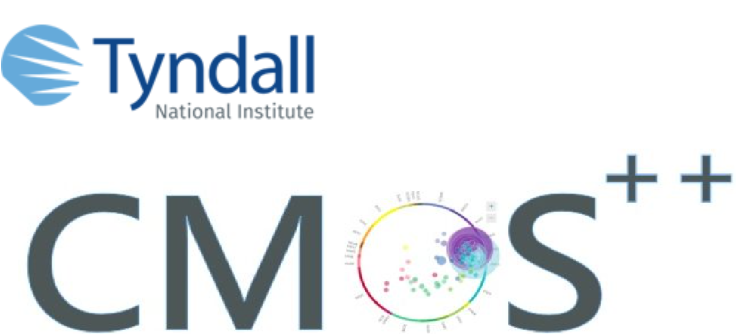Quantum mechanics is more than one hundred years old. Its fundamental equations were established in the early twentieth century and have developed to yield quantitative predictions of our physical world with incredible precision. Modern era technology has been built on our understanding of quantum effects: semiconductors, transistors, lasers, organic chemistry, magnetic resonance, etc.
A fundamental turning point occurred in 1964 when John Bell, a Northern Irish physicist, discovered what is now known as Bell’s inequalities. Bell’s set of equations definitively prove not only the full wave nature of fundamental particles but also that there is mutual dependence (so-called entanglement) which appears to violate causality. Based on these purely quantum mechanical effects, new discoveries are allowing us to embark on a second quantum technological revolution and exploit the laws of quantum mechanics to increase performance in computation, simulation, communication and sensing (incl. metrology). These engineering solutions are known collectively as Quantum Technologies.
Tyndall recently launched a Quantum Computer Engineering Centre (QCEC) to further develop and realise the potential of quantum technologies.

